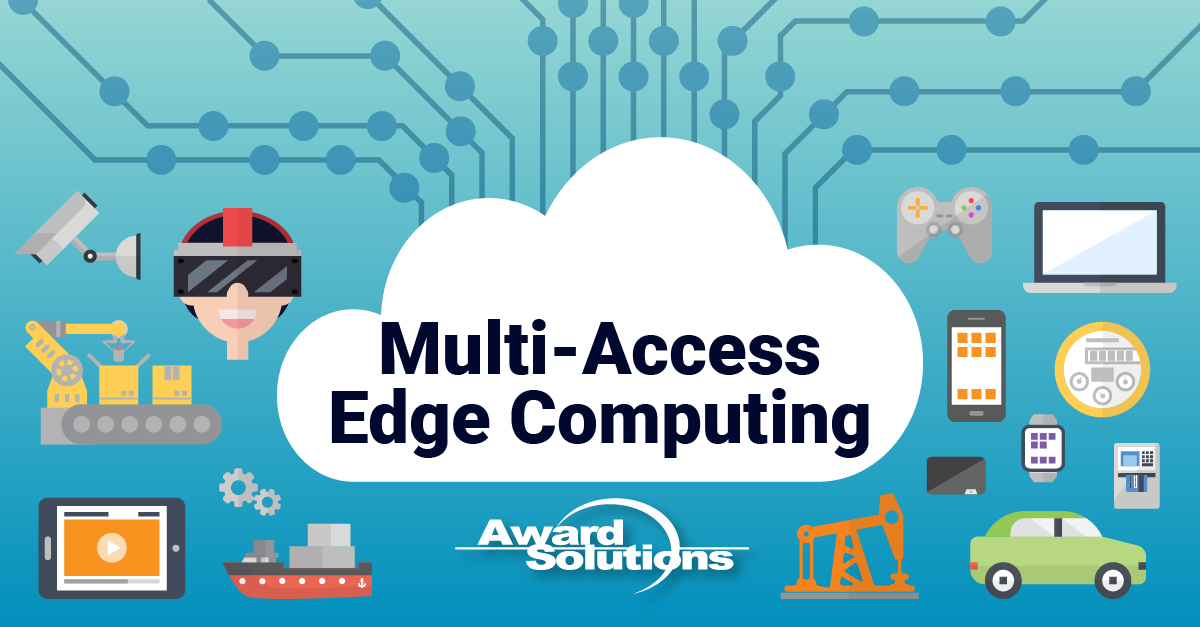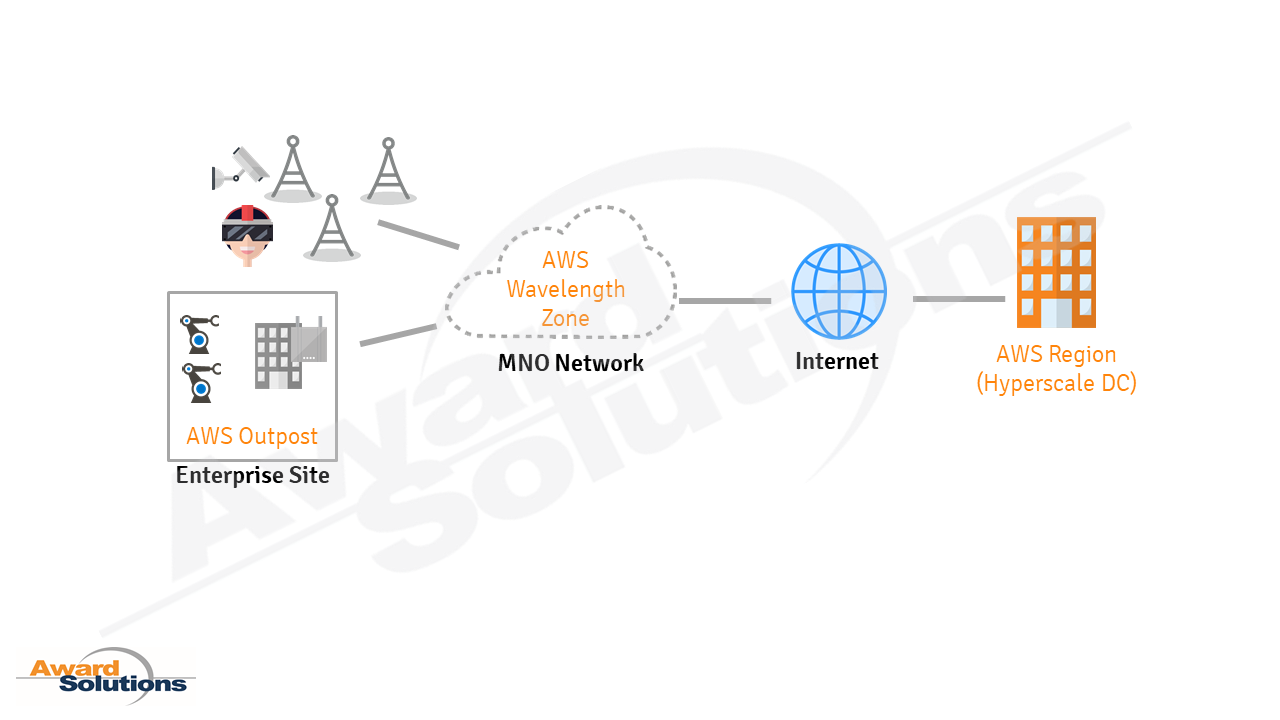
Multi-Access Edge Computing Defined
Multi-Access Edge Computing, or MEC for short, is a significant part of the 5G ecosystem and promises to play a vital role in the success of next-generation cellular systems over the next few years. In MEC, applications typically run in a remote cloud and move to local data centers at the “edge” inside the mobile network operator’s network.
Benefits of MEC (Multi-Access Edge Computing)
The local data centers at the “edge” are much closer to the devices, which provides several benefits.
- Edge computing enables new wireless applications that require low latency communications. For example, a safety application can help self-driving cars avoid accidents and pedestrians. In addition, any application that uses virtual or augmented reality is more successful when deployed close to the user’s device.
- More and more industries are automating their operations and connecting their processes and devices via wireless connections to applications in the cloud resulting in a massive increase in the amount of data uploaded to IoT servers. In addition, placing these IoT servers in edge locations reduces transport costs considerably.
- Other benefits include increased data security, application performance improvements, a better quality of experience for the average user, and less costly devices with compute and storage duties offloaded to an edge server.
Private MEC vs Public MEC
Operators can offer either public or private MEC solutions to their customers. In private MEC, all or part of the functionality is deployed at a customer site, enabling maximum data security for an enterprise.
Public MEC solutions allow an operator to support multiple customers with the same network infrastructure. Enterprise security may be enhanced using 5G network slicing, which allows select virtualized resources to be dedicated. The MEC platform can be integrated with the 5G network or provided via a partnership with a cloud provider. Both solutions enable low latency services that support use cases such as industrial automation and smart cities.
Real-world Applications Surrounding MEC
Several complementary technologies support edge computing.
- Cloud computing is adopted and extended with the concept of edge clouds running in mini data centers at the edge of wireless networks.
- 5G network technology supports the growing IoT market and emerging applications that require low latency and high reliability.
- Automation tools help us manage the increasing complexity of wireless networks that embed end-user applications.
- Artificial intelligence improves the efficiency of wireless network operations and has uses in the MEC applications that are part of Industry 4.0.
There are many real-world variations for MEC deployment. The example below utilizes an AWS-based solution where AWS provides two MEC infrastructure options. A Wavelength Zone is typically deployed in the operator’s network at a core location and corresponds to the public MEC solution.

An AWS Outpost is deployed at an enterprise location and corresponds to the private MEC solution. Wavelength Zones and Outposts are associated with an AWS Region, a large, centralized data center. Wavelength Zones and Outposts are managed and monitored from the AWS region, providing consistent management and operations across the distributed equipment.
